Boom Cylinder For Sunward Large Excavator SWE500EJ
Yhtenä hydraulisylinterien valmistajista, toimittajista ja mekaanisten tuotteiden viejistä tarjoamme hydraulisylintereitä ja monia muita tuotteita.
Ota yhteyttä meihin saadaksesi lisätietoja.
Posti:sales@hydraulic-cylinders.net
Valmistaja toimittaja viejä hydraulisylinterit.
Boom Cylinder For Sunward Large Excavator SWE500EJ
Introduction to Boom Cylinder
The Boom Cylinder is a vital component in the hydraulic systems of heavy machinery, specifically designed for controlling the movement of the bucket in large excavators like the Sunward SWE500EJ. This hydraulic cylinder allows the bucket to move up, down, and tilt, facilitating efficient material handling tasks. The bucket cylinder is engineered to provide precision and reliability, ensuring smooth operation in demanding work environments. Its role in hydraulic systems encompasses various applications, including digging, lifting, and transporting materials effectively.
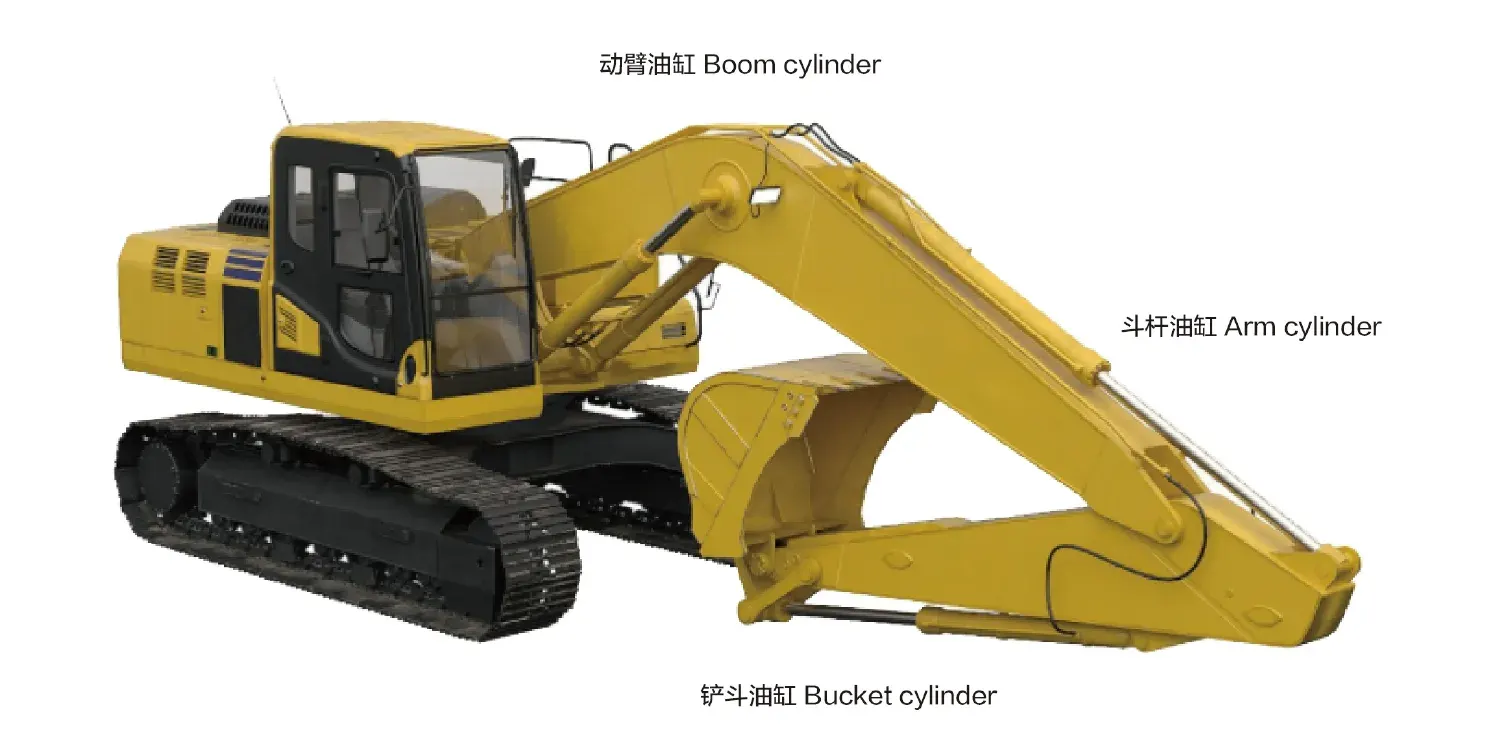
Key Features of the Boom Cylinder
- High Strength and Durability: Constructed from high-strength steel or aluminum, the Boom Cylinder can withstand high pressure and heavy loads, designed to endure harsh working conditions while enhancing wear resistance and corrosion protection to extend its lifespan.
- Efficient Hydraulic Operation: Utilizes hydraulic oil pressure to achieve smooth extension and retraction, allowing for rapid response to operational commands and providing substantial pushing and pulling force suitable for heavy and complex tasks.
- Diverse Types: Available in single-acting (utilizing hydraulic power in one direction) and double-acting (utilizing hydraulic power in both directions) configurations to meet various operational needs, with certain models featuring telescopic designs for increased extension without enlarging external dimensions, ideal for space-constrained applications.
- Customizable Solutions: Our manufacturing capabilities allow us to produce Boom Cylinders that perfectly replace existing hydraulic cylinders, ensuring compatibility with a wide range of machinery.
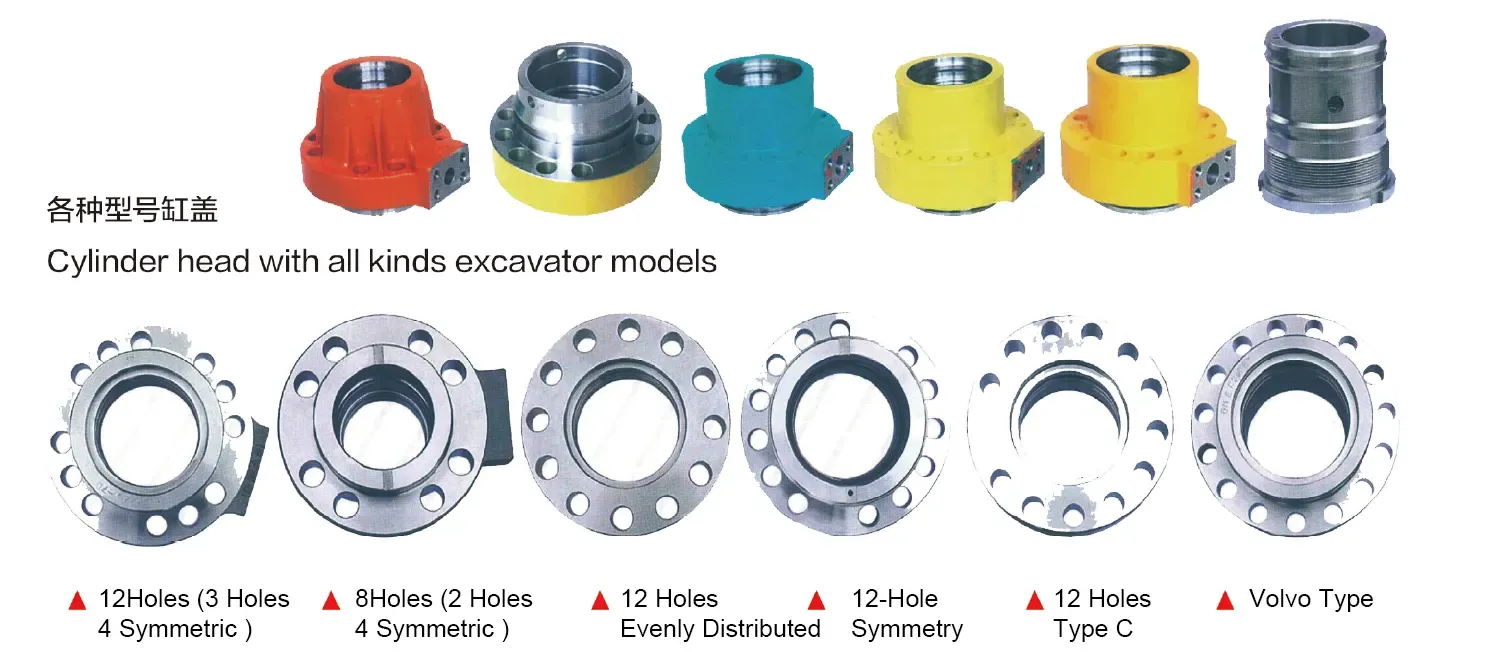
Application Scenarios
Construction Equipment
In excavators, Boom Cylinders are crucial for digging, loading, and moving soil or debris. These cylinders enable the bucket to penetrate the ground effectively, making excavation tasks efficient. Additionally, in backhoe loaders, the Boom Cylinder assists in lifting and digging simultaneously, maximizing productivity in construction projects.
Agricultural Machinery
In front-end loaders, Boom Cylinders facilitate the scooping, lifting, and transporting of soil, hay, and other materials. Their ability to handle substantial loads makes them invaluable for agricultural operations, allowing farmers to perform tasks efficiently, whether it’s moving bulk materials or managing terrain.
Excavators
In excavators, the Boom Cylinder allows the bucket to perform digging actions by penetrating the soil. This capability is essential for various excavation tasks, including foundation digging, trenching, and site preparation. The efficient hydraulic operation of the Boom Cylinder ensures that excavators can work seamlessly in different soil conditions.
Loaders
In front loaders, Boom Cylinders play a significant role in lifting and dumping loads effectively. They provide the necessary force to elevate heavy materials and enable efficient dumping into trucks or other storage areas, enhancing overall operational effectiveness in material handling tasks.
Design Considerations and Selection Criteria
Load Capacity
The load capacity of the Boom Cylinder is a crucial design consideration. It must be adequately calibrated to handle the maximum expected loads without compromising operational safety. Selecting a cylinder with the appropriate load capacity ensures longevity and reliable performance, preventing premature failures that can disrupt workflow.
Sealing and Durability
Effective sealing is vital to maintain the integrity of the hydraulic system. The choice of seals, such as piston seals and rod seals, affects the cylinder’s performance. High-quality seal materials like polyurethane and nitrile rubber enhance wear resistance, ensuring a longer service life and reduced maintenance needs.
Safety and Maintenance
Safety features are paramount in hydraulic cylinder design. Incorporating fail-safes and overload protection mechanisms helps prevent accidents during operation. Additionally, easy access for maintenance and inspection is essential for ensuring that the cylinder remains in optimal condition, minimizing downtime and enhancing operational efficiency.

Sealing and Lubrication
Using various sealing components like piston seals and rod seals is essential for maintaining hydraulic pressure. Seals made from durable materials such as polyurethane and nitrile rubber enhance the longevity of the cylinder by preventing fluid leakage. The cylinder body and threaded ends undergo fine processing to improve wear resistance, ensuring optimal performance. Regular lubrication with hydraulic oil is necessary to minimize friction and wear, thus prolonging the lifespan of the Boom Cylinder.
Regular Inspection and Preventive Maintenance
- Frequent Inspections: Conduct routine checks for signs of wear and leaks, ensuring that any issues are identified early to avoid more significant problems.
- Appropriate Lubrication: Regularly lubricate the cylinder to keep components moving smoothly and to prevent excessive wear and tear.
- Tiivisteen vaihto: Over time, seals may degrade and need replacement. Timely replacement of seals ensures the hydraulic system remains effective and leak-free.
Correct Installation Guidelines
Proper installation of the Boom Cylinder is paramount for optimal performance. Begin by ensuring that the mounting brackets are aligned to avoid undue stress on the cylinder. Utilize appropriate installation fixtures to secure the cylinder firmly in place and prevent movement during operation. It’s essential to follow manufacturer specifications for torque settings to ensure all connections are tight and leak-free. After installation, perform a pressure test to confirm that the system is functioning correctly before putting the equipment into operation. Regularly check the alignment and condition of the cylinder as part of ongoing maintenance.
Common Maintenance Tasks
- Regular Inspections: Ensuring that the Boom Cylinder is routinely inspected helps identify potential issues before they escalate, maintaining operational safety and efficiency.
- Proper Lubrication: Adequate lubrication is essential for reducing friction between moving parts, prolonging the life of the cylinder and enhancing performance.
- Seal Replacement and Calibration Checks: Regularly replacing seals and calibrating the cylinder ensures optimal performance and prevents hydraulic fluid leaks, which can lead to system failures.
Safety Considerations and Environmental Factors
When utilizing Boom Cylinders, safety measures are critical. Operators should be trained to recognize hazards and adhere to safety protocols to prevent accidents. Implementing proper safety measures not only protects the personnel but also extends the life of the equipment. Moreover, environmental considerations should be taken into account, such as ensuring that hydraulic fluids used are environmentally friendly and that any leaks are promptly addressed to mitigate environmental impact.
Troubleshooting and Common Issues
- Hydraulic Leakage: This is one of the most common issues faced with Boom Cylinders. It can be caused by worn seals or damaged cylinders. Regular inspections and timely seal replacements can mitigate this problem.
- Inconsistent Movement: If the Boom Cylinder does not extend or retract smoothly, it may indicate internal damage or air in the hydraulic system. Bleeding the system and checking for internal wear can resolve these issues.
- Overheating: Overheating can occur due to insufficient lubrication or excessive load. Ensure that the hydraulic fluid is at the correct level and that the system is not overloaded to prevent this issue.
To effectively diagnose and resolve problems, operators should maintain records of cylinder performance and maintenance activities. Implementing preventive measures can significantly reduce the likelihood of recurring issues.
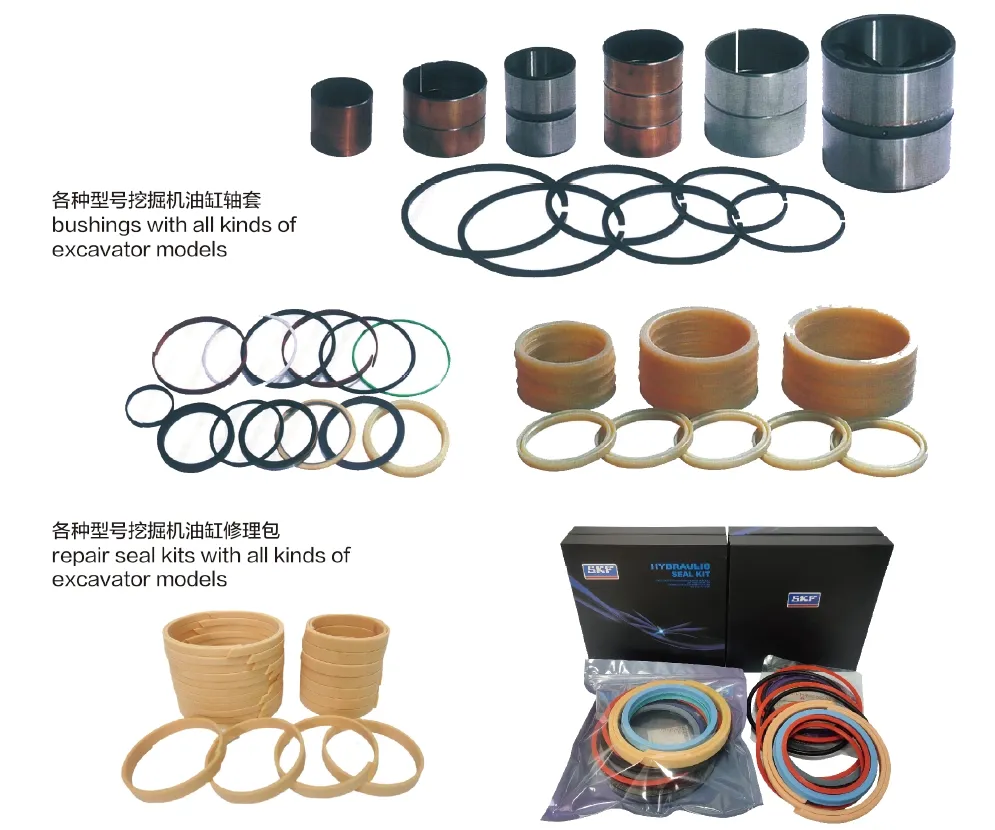
About Our Company
We are a leading manufacturer and wholesale distributor of replacement hydraulic cylinders, recognized in both domestic and international markets. Our commitment to quality excellence is backed by refined manufacturing strategies and advanced digital manufacturing technologies. By leveraging our technical talent, high-end manufacturing equipment, and specialized testing systems, we continuously enhance our production capabilities, ensuring high efficiency, precision, and quality in meeting diverse customer needs. Our products are designed to meet international standards, offering customized solutions that cater to specific requirements.
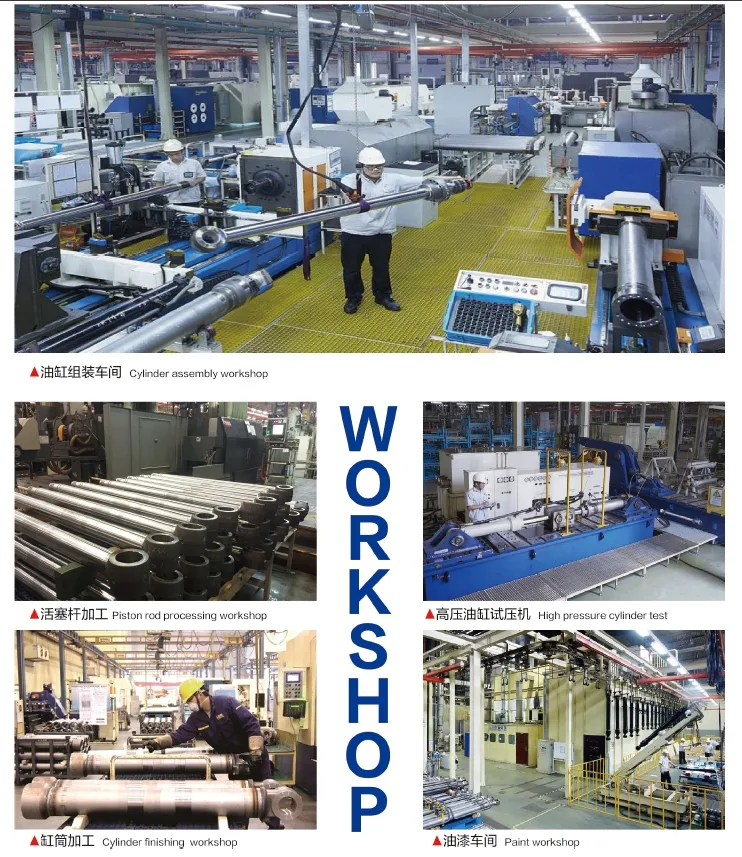
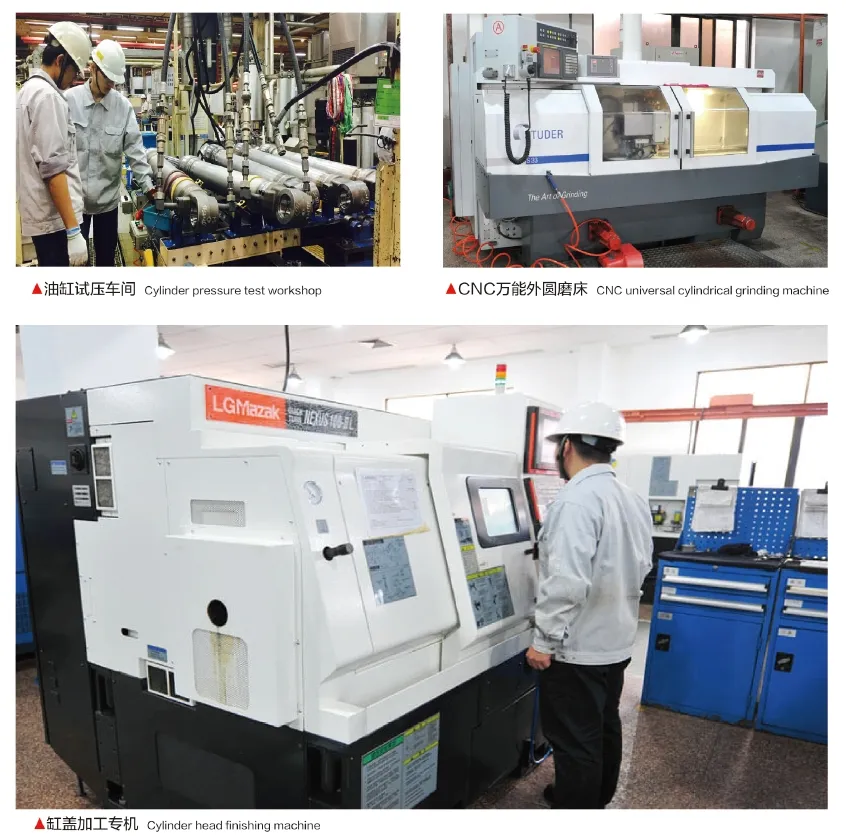
Author: lyl
Tutustu VR-tehtaaseemme:
Tutustu VR-tehtaaseemme seuraavalla kierroksella
Hydraulisylinteri Sovellus:


